Bachelor exchange in Buenos Aires
Unlike the Netherlands, Argentina is rather sizable. Bus rides between major cities can often take well over ten hours. As getting between cities by air isn’t always an option on a student budget, we were left to move about by land for our five-day trip to Córdoba.
Determined to make it through the 11 hour ride sleeping, Arabella, Clara, Shea, Julia and I were really looking forward to travelling via a long distance bus. We took the bus from Estación Retiro on Thursday evening so that we would arrive at our destination at a nice hour in the morning.
As hoped for, the ride was good and the bus was comfortable. We reserved semi-cama seats which reclined about 120° to an almost full horizontal position, and even though I didn’t sleep very deeply, I got plenty of rest. The end result of our choices was that we arrived in Córdoba feeling remarkably fresh, having plenty of time left for a day full of activity, and having saved money on accommodation costs.
Our hostel was located just 10 minutes walking distance from both the bus station, and plaza San Martín (Yes, I deserve a pat on the back).
So, after we checked-in, we had breakfast, took a shower and left for the bus station again. The town of Alta Gracia was a short 45-minute bus ride, but felt like a world away. Earily quiet and decayed, it was a perfect day trip. The two must-see sites we visited were the Museo Casa del Che, a museum about Che Guevara located at the house where the icon spent his teenage years, and the Jesuit estancia, built in the 17th century as a part of the Jesuit block of the region.
Jan Ko
11 chapters
15 Apr 2020
¡Che, boludo!
August 22, 2015
|
Córdoba
Unlike the Netherlands, Argentina is rather sizable. Bus rides between major cities can often take well over ten hours. As getting between cities by air isn’t always an option on a student budget, we were left to move about by land for our five-day trip to Córdoba.
Determined to make it through the 11 hour ride sleeping, Arabella, Clara, Shea, Julia and I were really looking forward to travelling via a long distance bus. We took the bus from Estación Retiro on Thursday evening so that we would arrive at our destination at a nice hour in the morning.
As hoped for, the ride was good and the bus was comfortable. We reserved semi-cama seats which reclined about 120° to an almost full horizontal position, and even though I didn’t sleep very deeply, I got plenty of rest. The end result of our choices was that we arrived in Córdoba feeling remarkably fresh, having plenty of time left for a day full of activity, and having saved money on accommodation costs.
Our hostel was located just 10 minutes walking distance from both the bus station, and plaza San Martín (Yes, I deserve a pat on the back).
So, after we checked-in, we had breakfast, took a shower and left for the bus station again. The town of Alta Gracia was a short 45-minute bus ride, but felt like a world away. Earily quiet and decayed, it was a perfect day trip. The two must-see sites we visited were the Museo Casa del Che, a museum about Che Guevara located at the house where the icon spent his teenage years, and the Jesuit estancia, built in the 17th century as a part of the Jesuit block of the region.
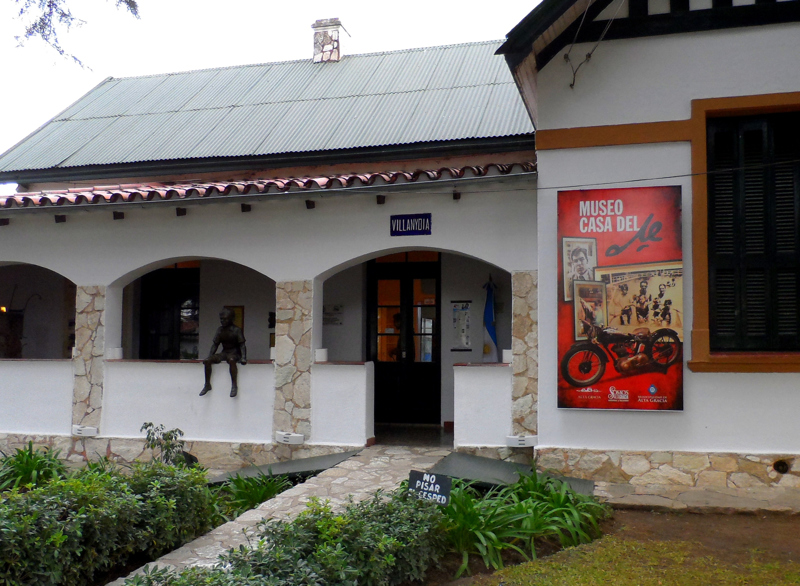
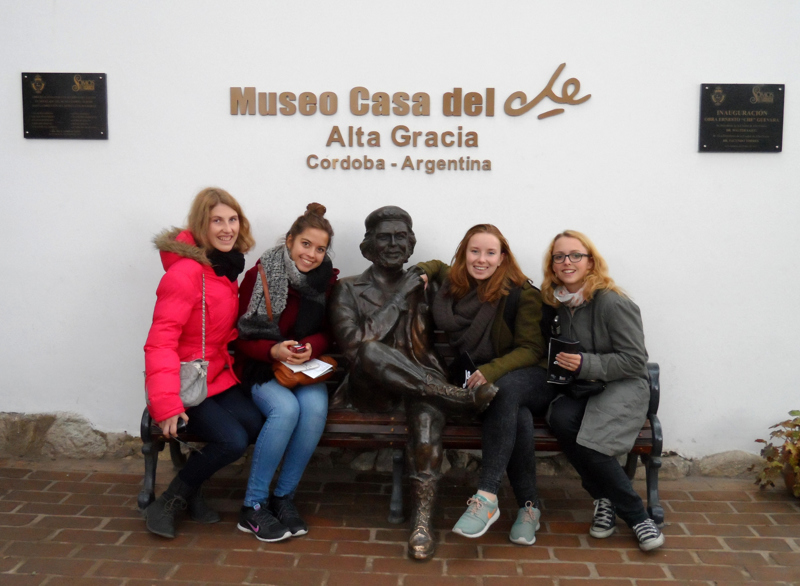
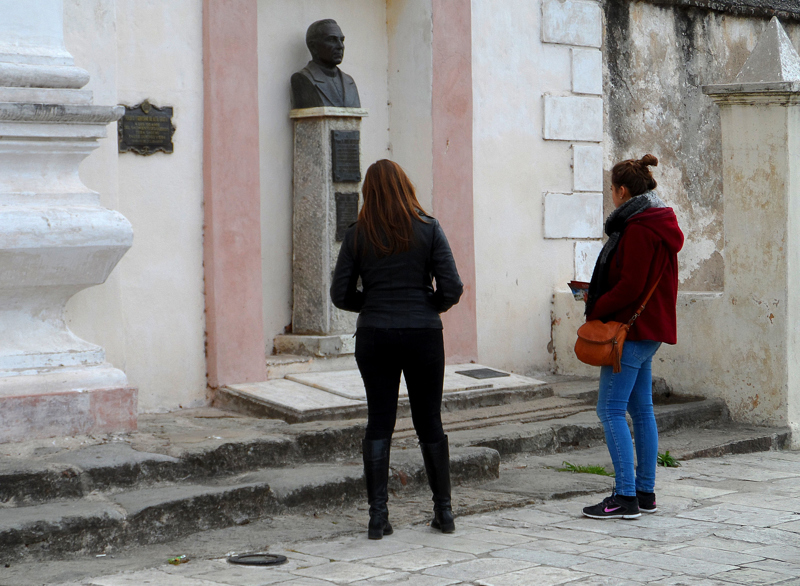
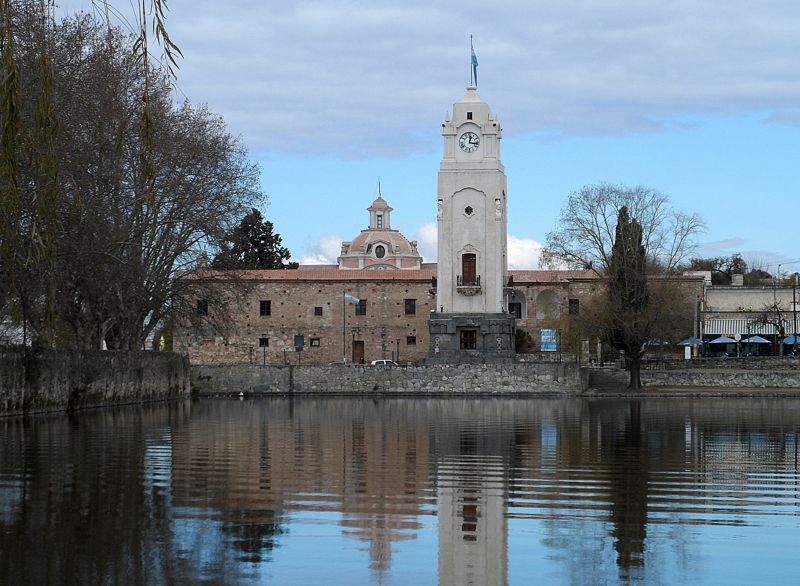
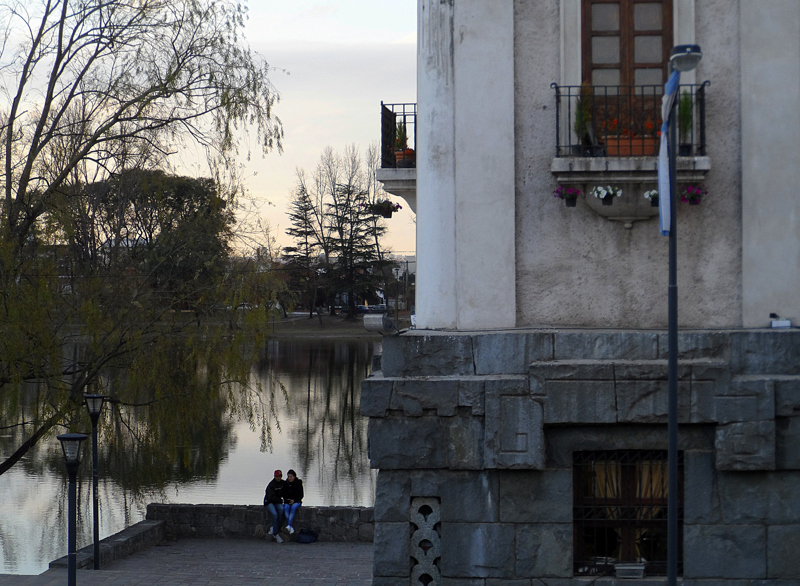

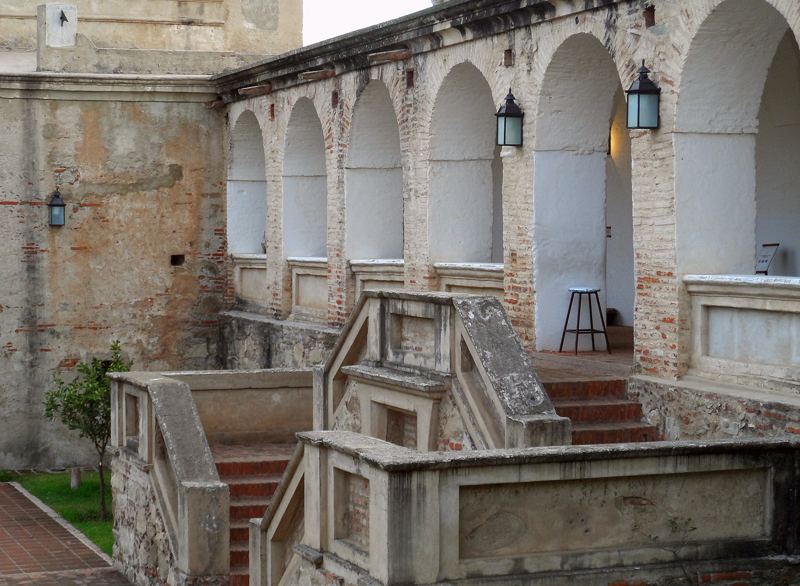
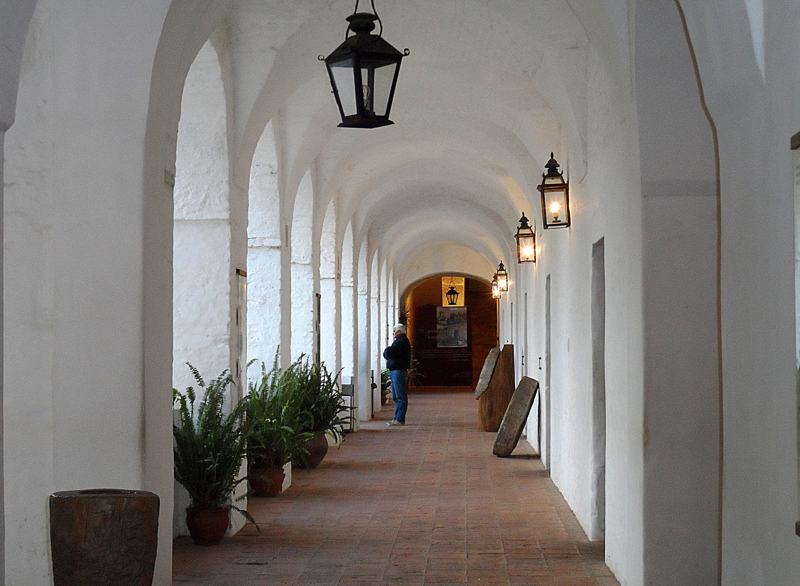
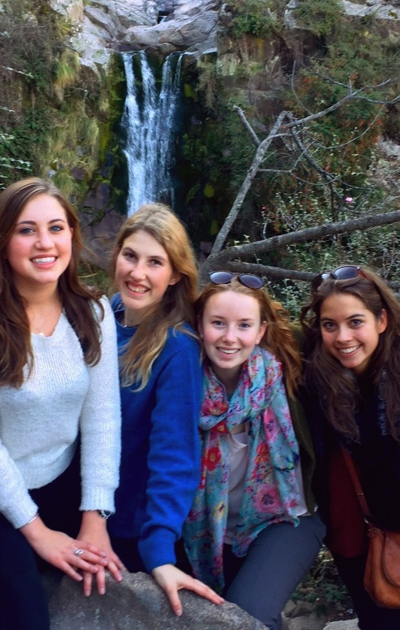
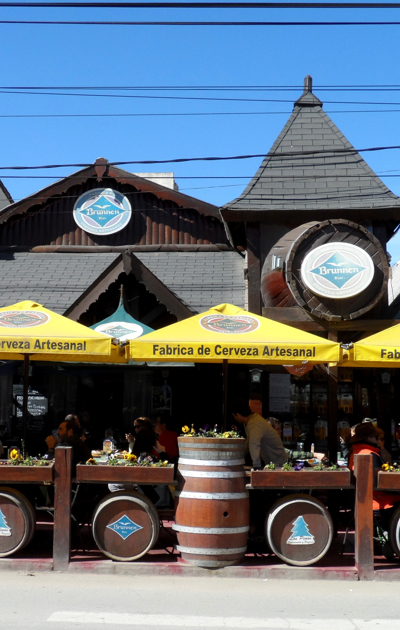
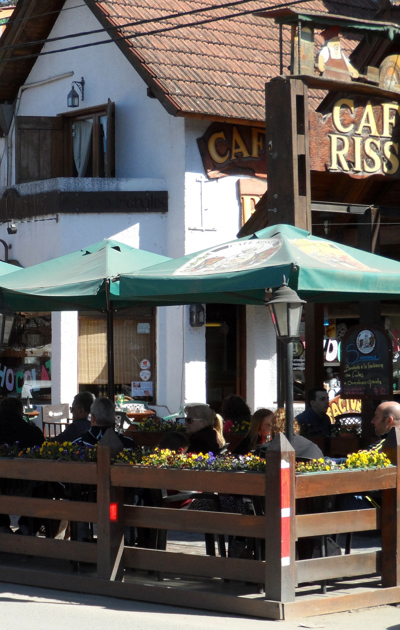
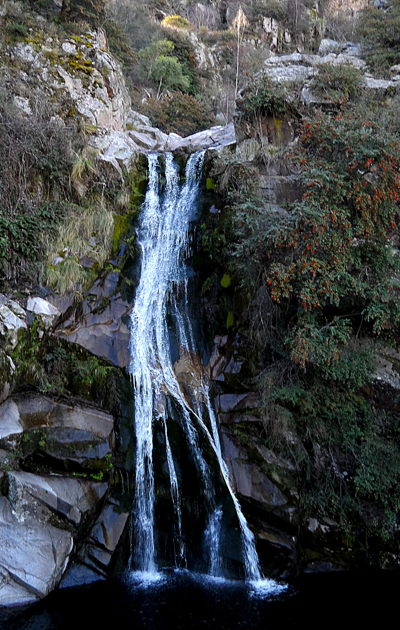
On Saturday we finally got to meet Aurélie, Julia her sister, who had been doing an internship in Córdoba for the last six months. Together with her and a friend of hers, Agathe, we decided to take a trip to Villa General Belgrano, and from there to La Cumbrecita.
After half an hour of boludeando in Villa General Belgrano, we learned that the bus to our next destination would already leave in half an hour. Luckily, the one hour stopover turned out to be enough to get an impression of the town. It has a typical Bavarian style since millions of immigrants from Germany in the 19th and 20th centuries brought their food and traditions such as Oktoberfest with them. The German community here boasts the third largest Oktoberfest in the world after the one in Munich. Incidentally, the second largest one is in Brazil. It was fun to be able to spend some time wandering around this little town, as if we were only a few hours away from home!
From Villa General Belgrano we took the bus to La Cumbrecita. The pace of life slowed way down in this alpine-styled village, largely thanks to the town’s pedestrian-only policy. Motor vehicles are prohibited, so we entered by crossing a bridge by foot.
It was great to kick back and wander the forest trail leading to the waterfalls and scenic lookouts, especially after after five weeks of studying and partying in Buenos Aires!
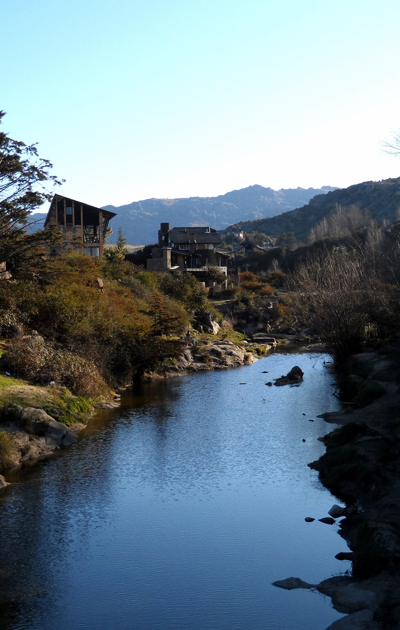
Sunday, a good day without buses. Aurélie, our excellent guide, showed us around the main sights of Córdoba. It is Argentina’s second largest city and has many things to do. It is a very walkable city, so Aurélie designed a walking tour for us to check out those things to do. The first sight we visited was Parque Sarmiento, where we hung out awhile having brunch and watching the world go by.
Our walk continued through the historical center where we visited the squares and churches. Its tree lined streets had lots of beautiful buildings on either side, and a very relaxed feel. Later we walked over to the Guemes neighbourhood, where we reached the artisan market by nightfall. This market was not the usual, but a true fairytale-like artisan block party. From leatherwork, home furnishing and clothes to jewelry, it had a lot to offer. We spent quite a while weaving through the stalls before deciding it was time for a drink. There were quite a few cool bars around, and we settled in at one called Apartamento. Its design was a really fascinating mix of old and new.

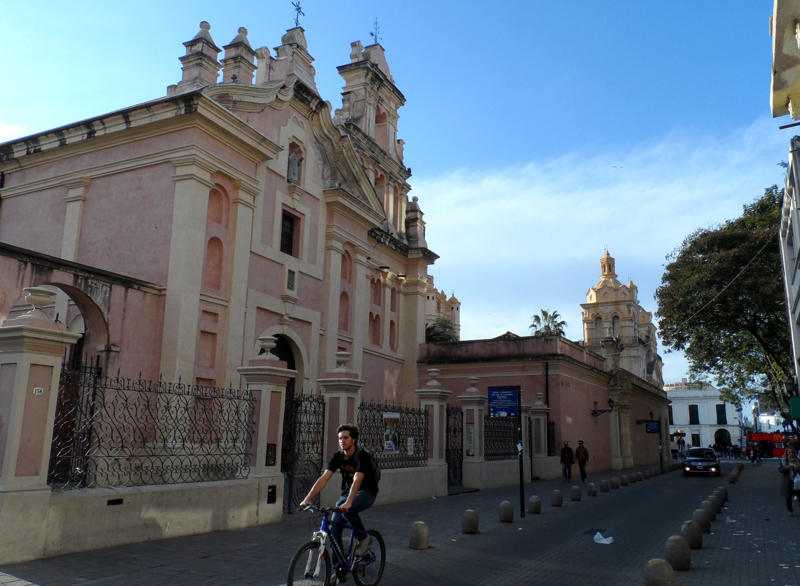
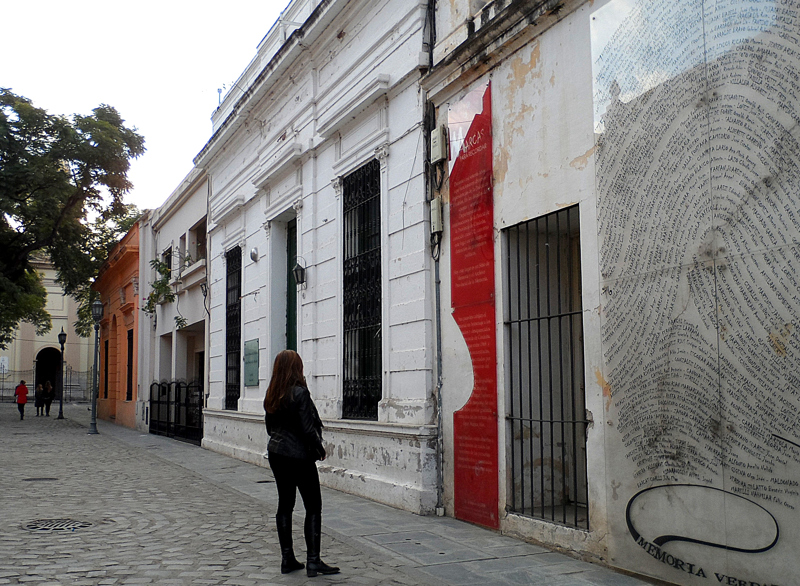
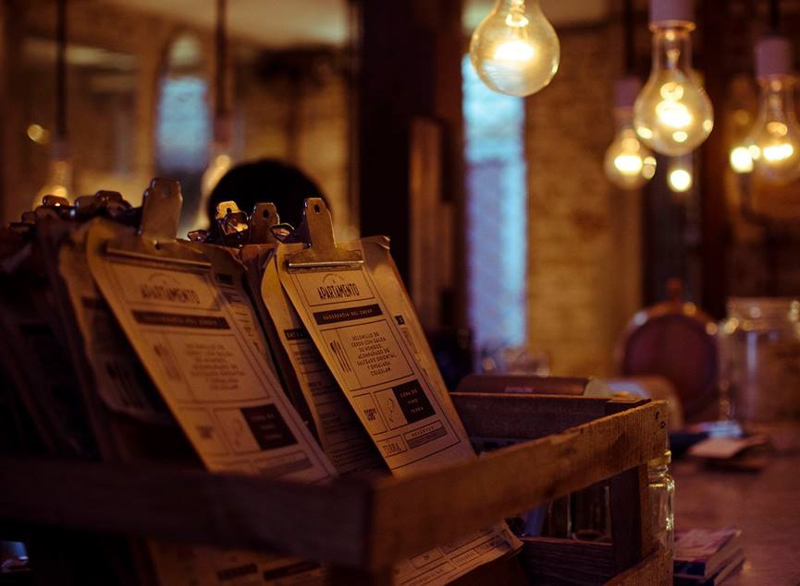
Monday the 17th was a public holiday, so many workers in Argentina took time off to relax. We, however, decided to make most of the long weekend by going on day hike in Parque Nacional Quebrada del Condorito. There was no formal transport to the national park, so we simply put our alarm at 06.00, hopped on the bus to the nearby town and ensured the driver dropped us off on the way. After the two-hour bus ride, we walked beyond the national park sign, along a dirt road to the registration building.
The admin staff explained the different hiking routes, after which we headed up to the road a little further until the sign sent us onto a rocky trail. There were markers more or less every 15 minutes on the way towards the southern lookout, so there was no way to get lost. And then the incredibly tragic and disturbing story of the two Dutch girls who disappeared crossed my mind.. They went missing on a hiking trail near Boquete, Panama (where I have been 2.5 years ago) two weeks after they arrived to study Spanish. In remembrance of them, I will always be super careful not to step off the official trail.
About one hour in, we reached the top of a cliff and looked down across the hazy pampas to the lake and the small villages scattered below. Then, as we began walking again, a condor swept up and floated on the air currents above. Another hour later we climbed down the side of a cliff to the southern lookout. We stopped there for lunch with a stellar view. Best. Picnic. Ever.
The walk so far hadn’t been terribly hard, although it was kind of tiring to head back in one go. As we had to catch the bus again at 15.20, we hiked back without any breaks except for pee breaks in the woods. Extremely inconvenient, the registration building was the only place in the park with a bathroom.
Just as we left the registration building after deregistering, we saw a bus go by on the road in the distance. Knowing that the buses here normally don’t stick to their schedules, we slowly continued walking. After waiting almost another hour and unsuccessfully flagging down three other buses, one did stop for us and we were back off to Córdoba.
In the evening Arabella, Clara, and Shea went back to Buenos Aires because they had class again on Tuesday. However, Julia and I didn’t so we stayed for one more night and had dinner at Ckari’s place, an Argentinian friend of Aurélie who also joined us to the park during the day.
The last day of our trip we went to Candonga to relax and go horse riding. Beautifully located in the middle of the green hills, this place was a great surprise.
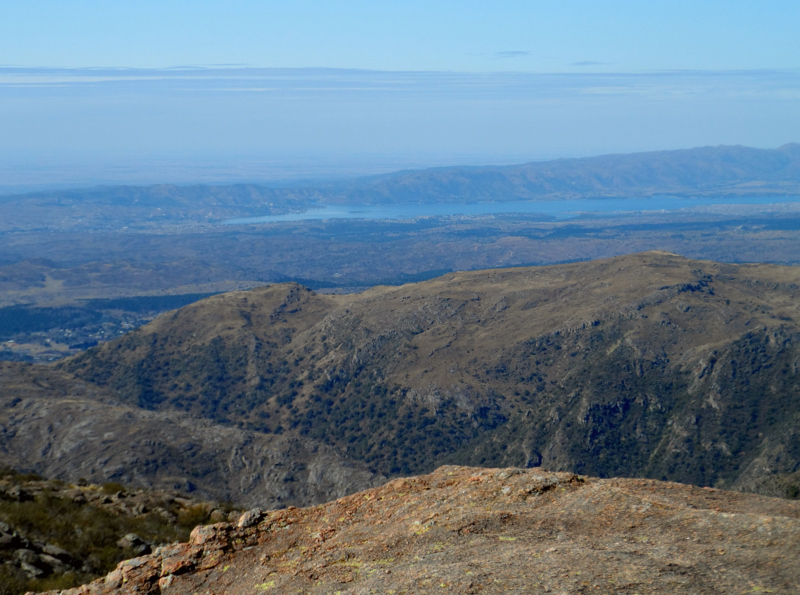
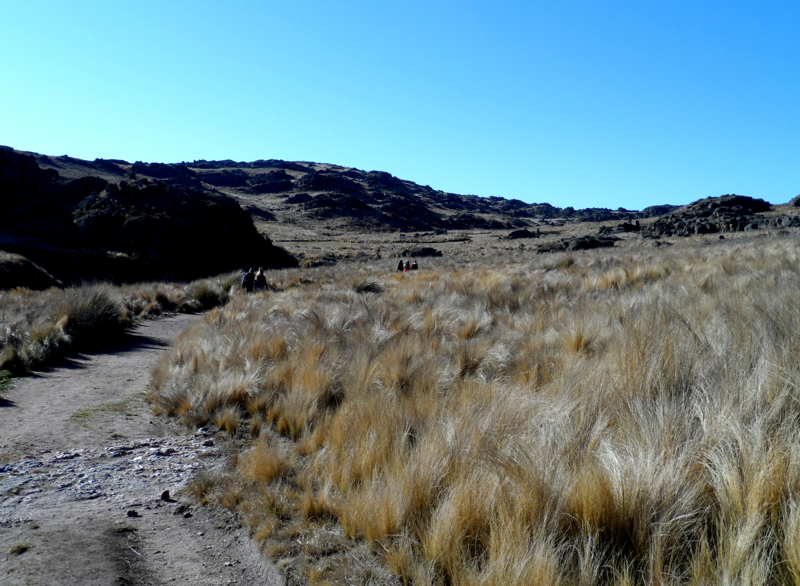
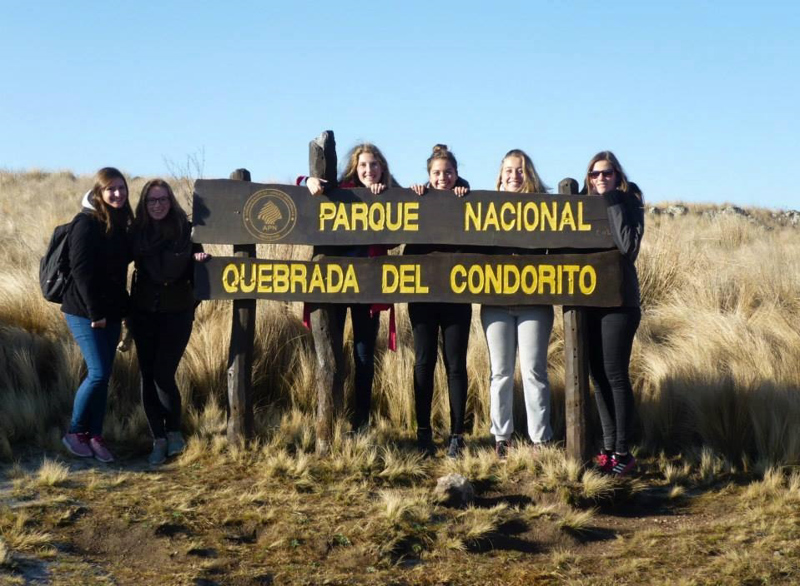
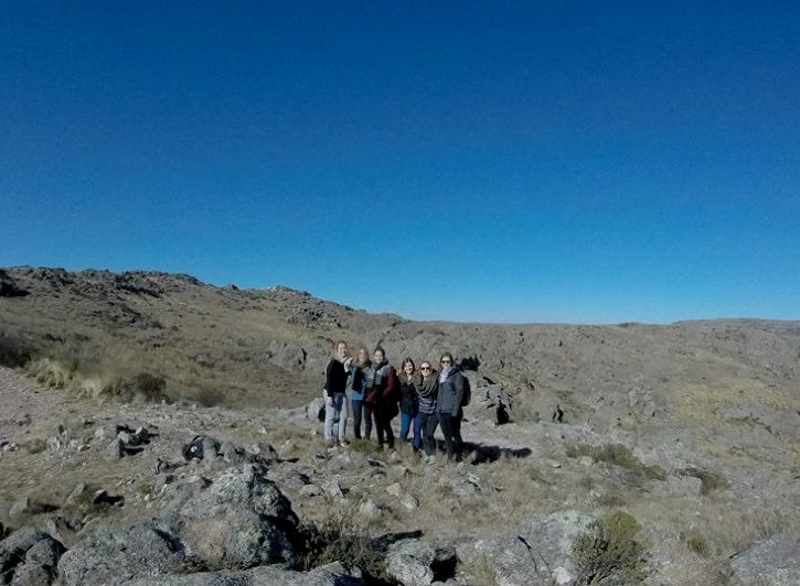
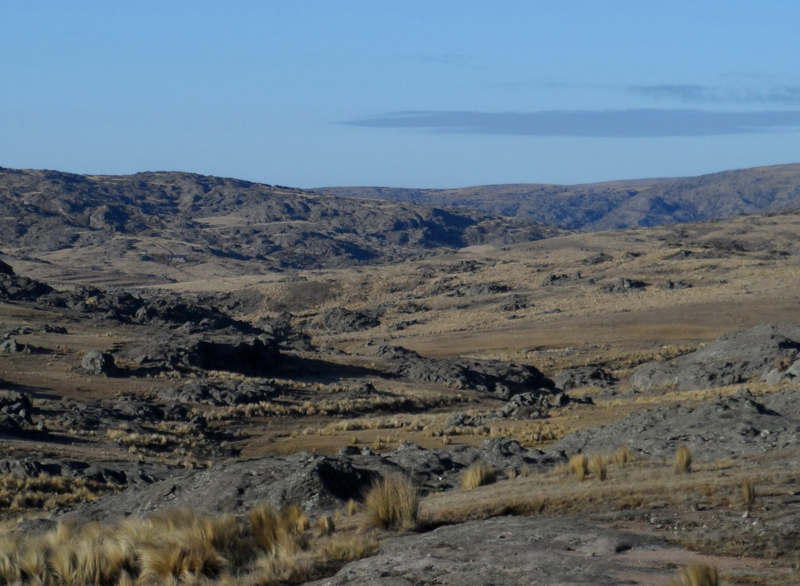
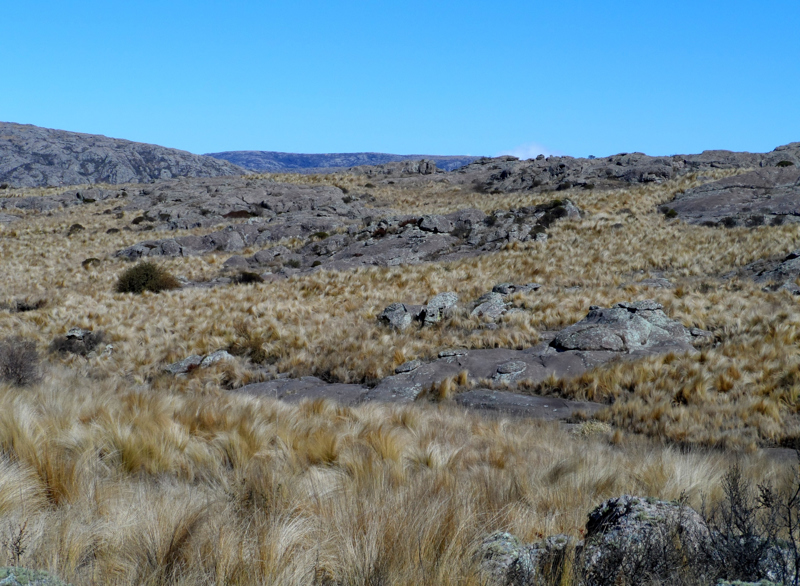
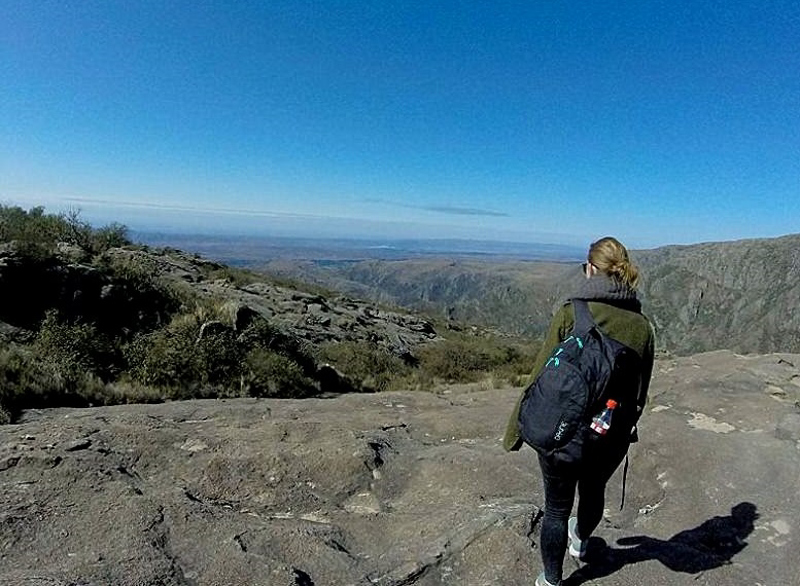
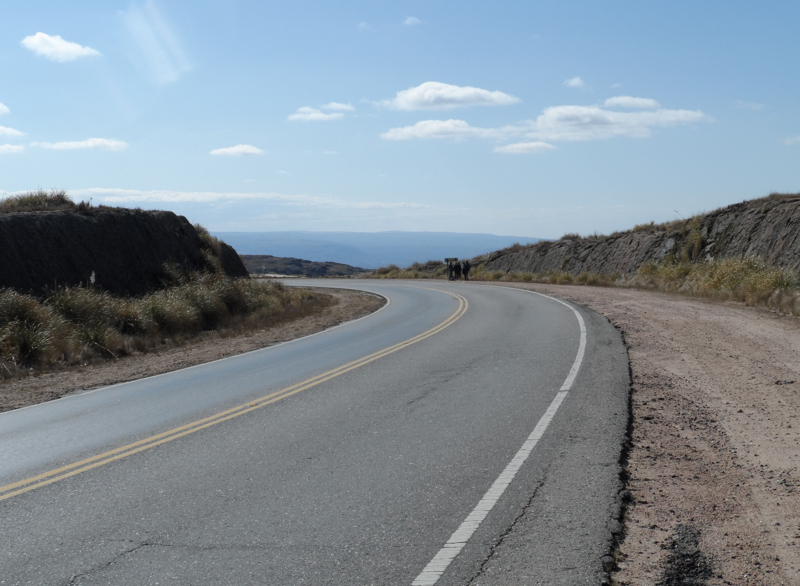
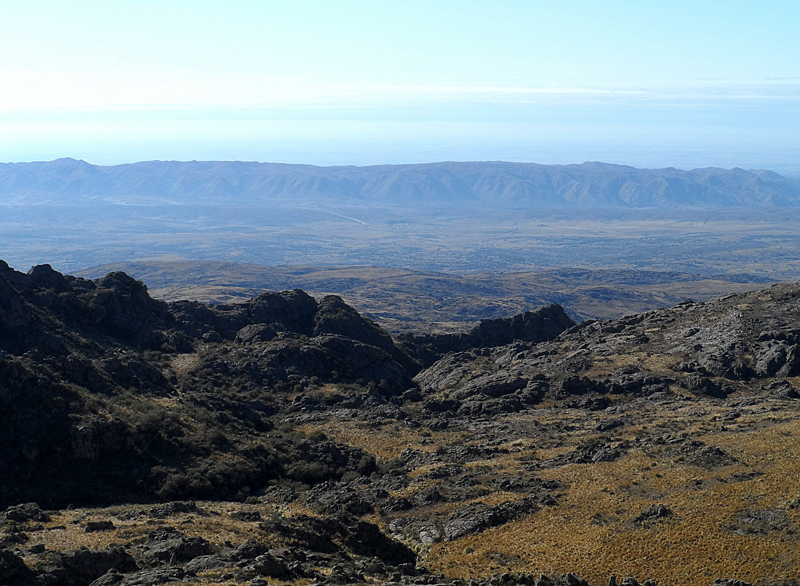
During colonial times, the estancia was an important stop on the Camino Real, along which wealth was brought from Buenos Aires to Lima. Transportation was by mules and at Candonga the mules were fed and rested. In the 18th and 19th century, the estancia expanded with the layout of a vegetable garden, a chapel and a watermill to grind wheat.
On arrival, the gaucho (cowboy) showed us around the astonishing estancia before progressing to some horse riding in the mountains. So, my crash course in being a gaucha began. I was nervous as I had only been horse riding once in the past, but I really wanted to do it. After we all managed to get on the horse, we proceeded and I was relieved to see that my horse was just as lazy as me so we slogged along gently, always behind the others. My relief turned into annoyance when the horse decided to stop moving at all. As I was afraid to kick it with much force, the gaucho had to come and help.
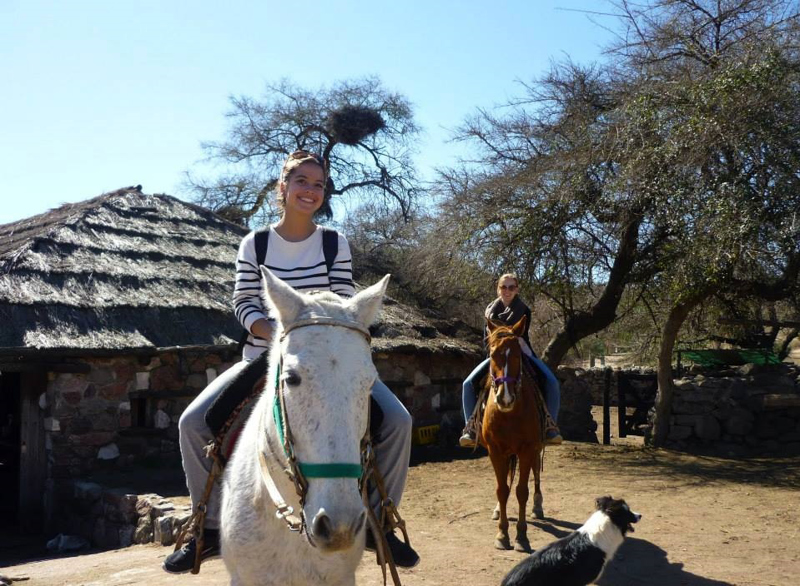
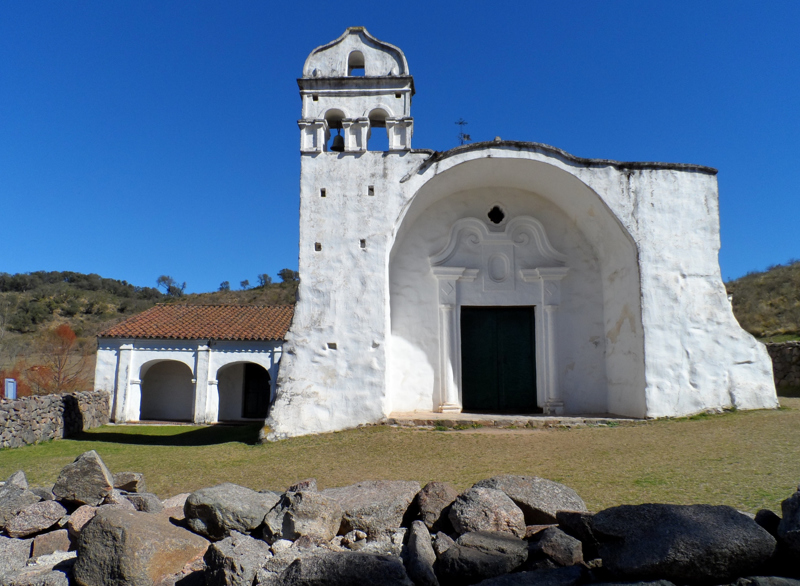
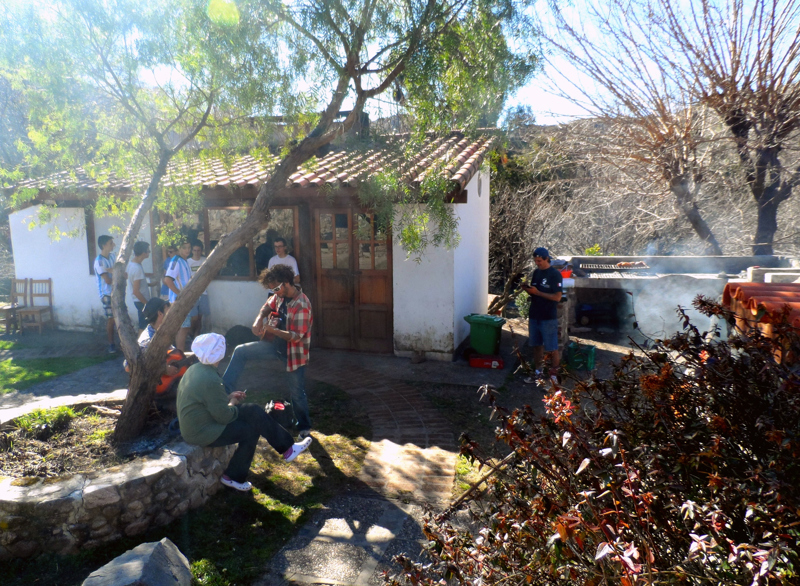
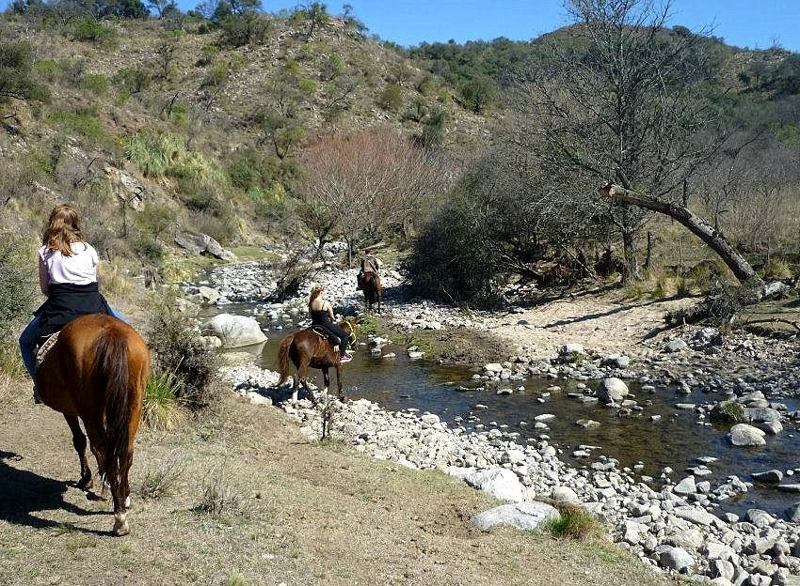
We rode through the river, up a mountain, back down, and up another for about two hours taking in the beautiful landscape. I am not quite a gaucha (yet), but what an experience!
The day really kicked into gear with a terrific asado in the sunny garden. The asador was in constant motion, shuffling the meats strategically over the grill, and stoking the fire. We, on the other hand, were enjoying a leisurely meal of hot beef dipped in chimichurri. This beef was the best we had ever eaten. We washed it all down with some local Malbec, and proceeded with the traditional Argentinian dessert: Dulce de Leche.
The creamy, caramelized milk-based sauce is edible heaven. Eating it with a spoon is simply the fastest way to consume it, and doing so was quite a way to spend our last afternoon!
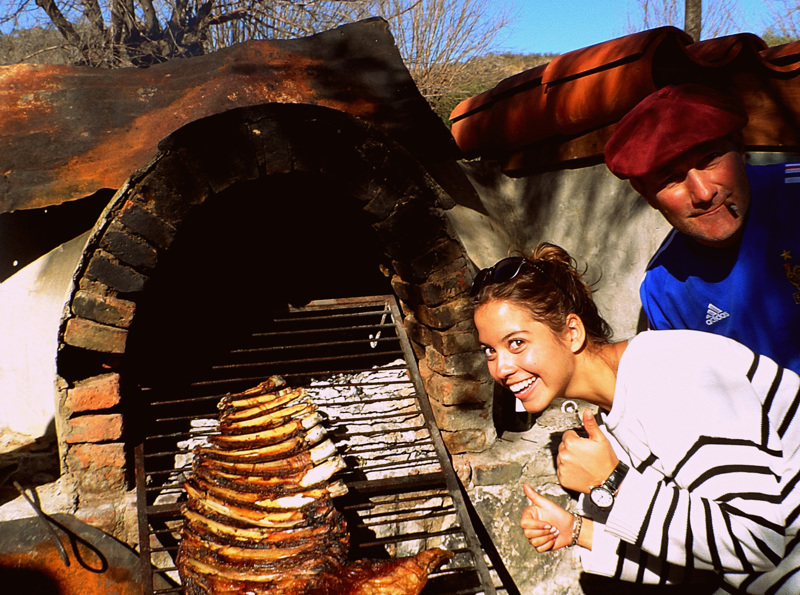
Share your travel adventures like this!
Create your own travel blog in one step
Share with friends and family to follow your journey
Easy set up, no technical knowledge needed and unlimited storage!